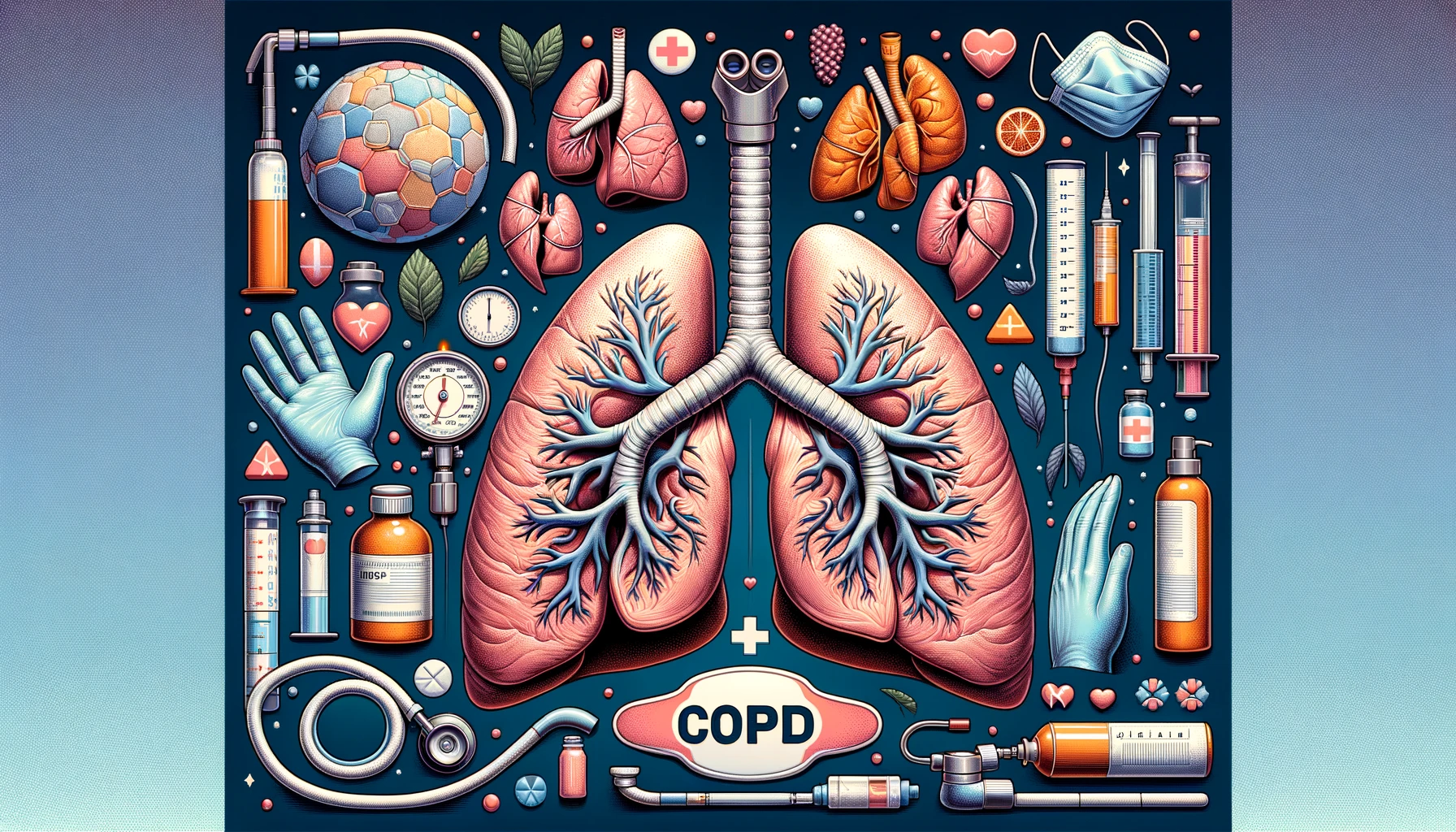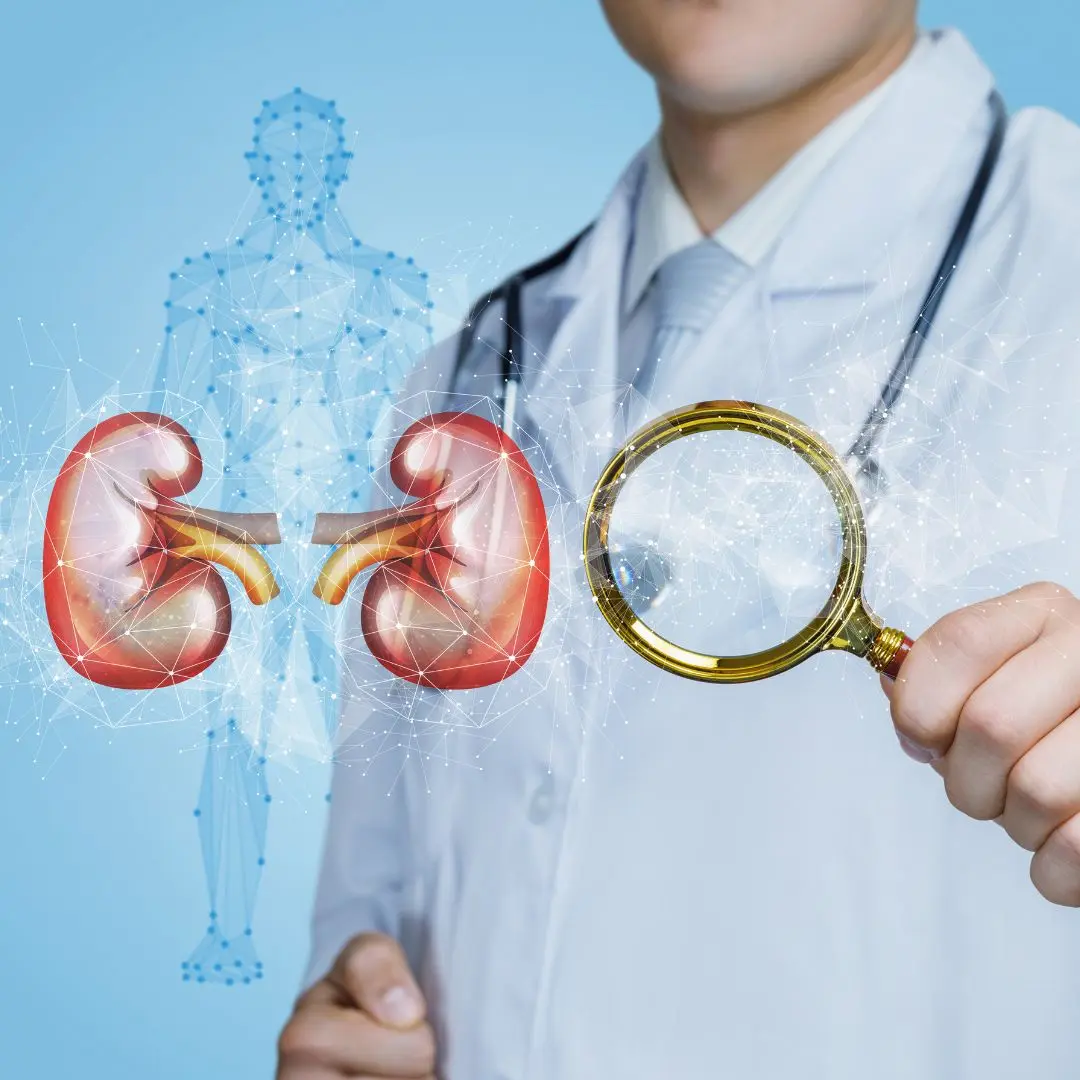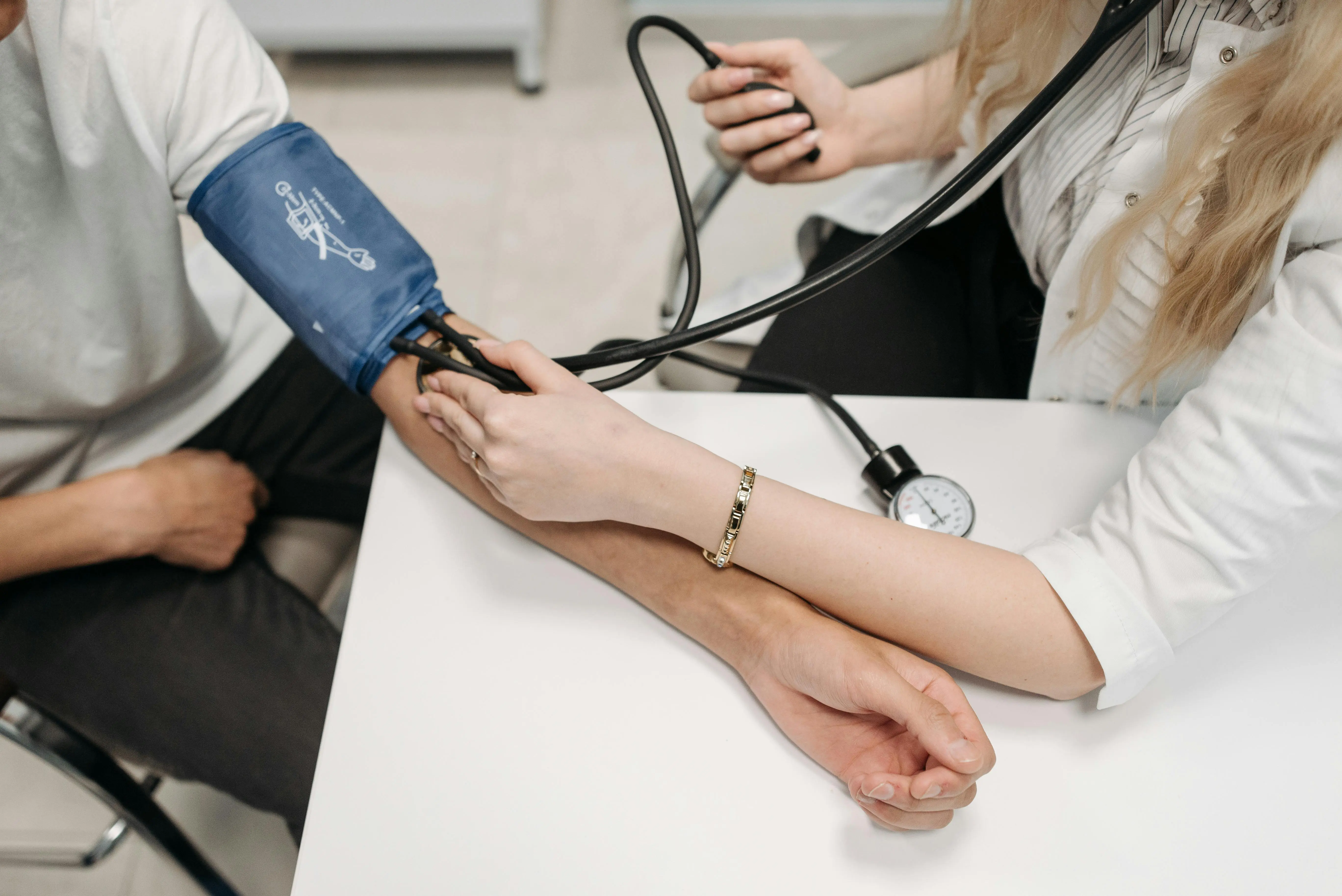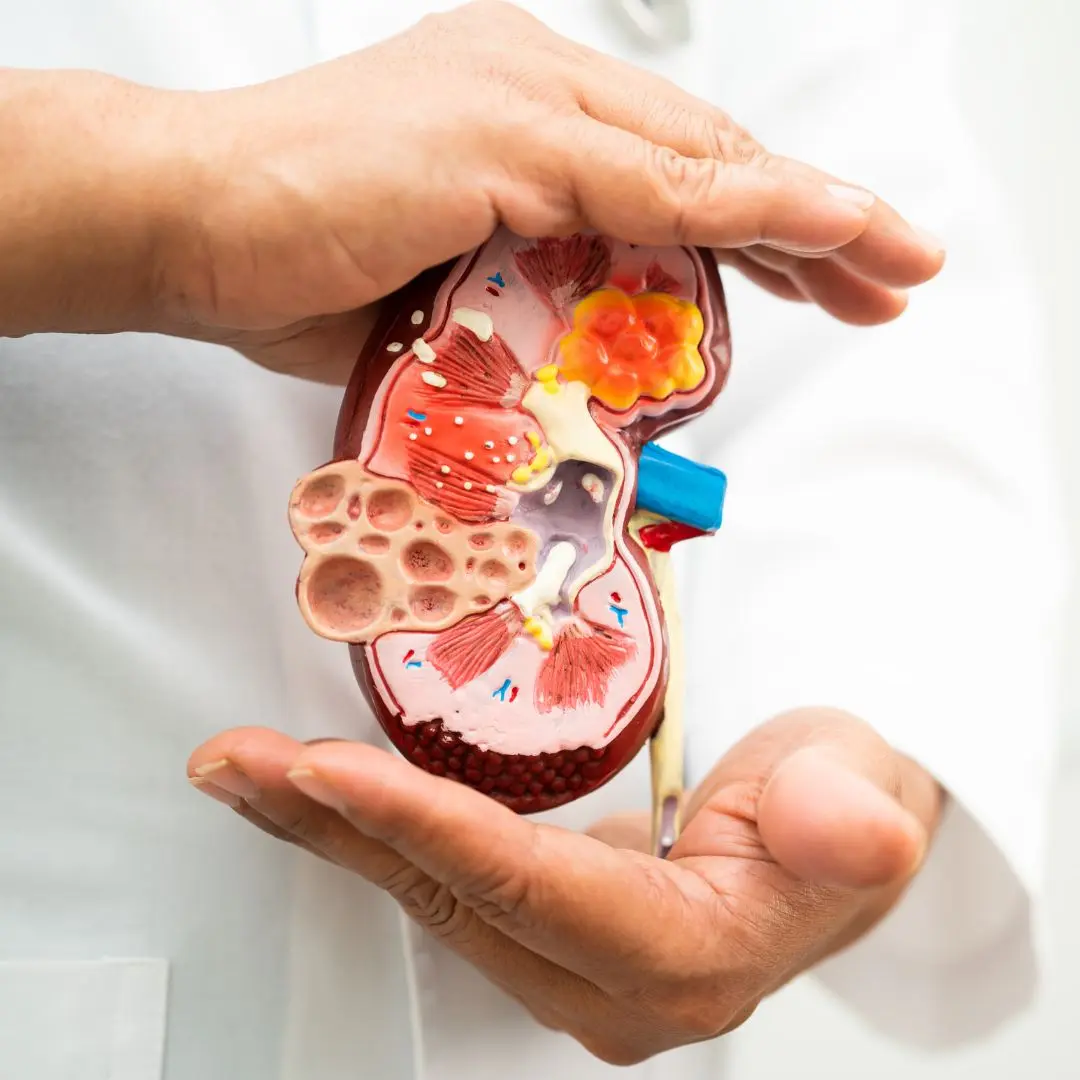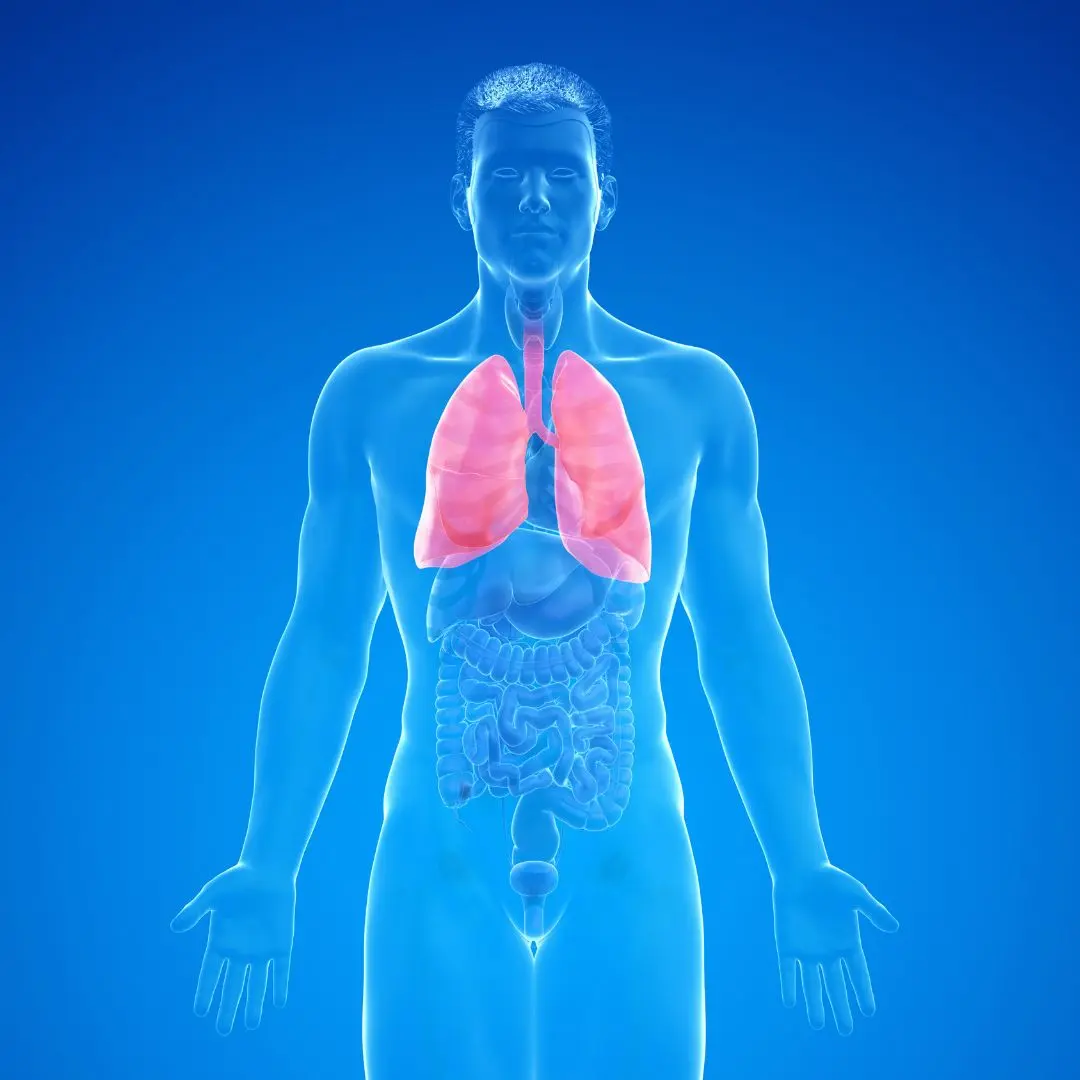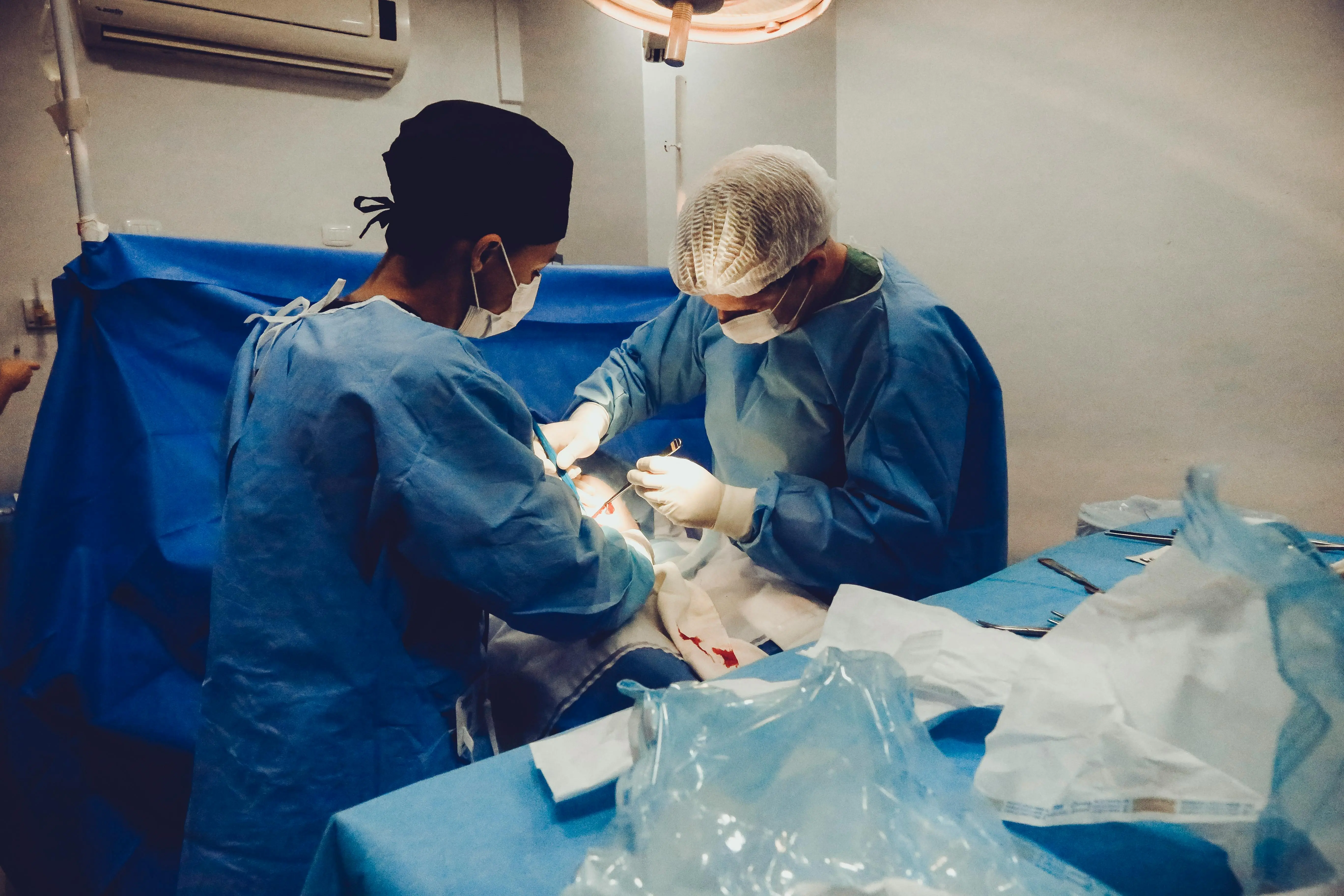Left lower back pain in females can be debilitating, affecting daily activities and overall well-being.

Blog
Understanding Left Lower Back Pain in Females
Left lower back pain in females can be debilitating, affecting daily activities and overall well-being. It's crucial to comprehend the various causes to effectively address and manage this discomfort. Let's delve into the potential reasons behind this issue and explore remedies for relief.
Left Lower Back Pain in Females: Hormonal fluctuations, particularly during menstruation or pregnancy, can lead to left lower back pain in females. Prostaglandins released during menstruation can cause uterine contractions, affecting nearby structures like the back muscles and nerves, resulting in discomfort. During pregnancy, hormonal shifts and the increasing weight of the uterus can strain the lower back muscles, leading to pain on the left side. Additionally, pregnancy-related postural changes may contribute to further strain.
Left Lower Back Pain Causes: Musculoskeletal conditions such as muscle strains, ligament sprains, or herniated discs can also result in left lower back pain. These injuries may occur due to sudden movements, improper lifting techniques, or overexertion during physical activities. Muscle imbalances or poor posture can also place excess stress on the left side of the lower back, leading to chronic pain over time.
Female Lower Back Pain: Structural abnormalities, including anatomical variations in the spine or pelvis, can predispose females to left lower back pain. Conditions such as scoliosis (abnormal curvature of the spine), sacroiliac joint dysfunction, or pelvic inflammatory disease may cause discomfort localized to the left side of the back. These structural issues can alter the biomechanics of the spine and pelvis, resulting in chronic pain and reduced mobility.
Causes of Left Lower Back Pain: Repetitive movements or activities that involve twisting, bending, or lifting heavy objects can lead to left lower back pain in females. Occupations or hobbies that require prolonged sitting or standing in improper postures may exacerbate the risk of developing repetitive strain injuries. Activities such as gardening, cleaning, or certain sports can strain the muscles and ligaments of the lower back, causing discomfort primarily on the left side.
Lower Back Pain in Females: Certain gynecological conditions, such as endometriosis, ovarian cysts, or fibroids, can manifest as left lower back pain in females. These conditions may involve inflammation or enlargement of reproductive organs, exerting pressure on nearby structures and nerves. Left-sided pelvic pain accompanied by lower back discomfort may warrant evaluation by a healthcare provider to rule out underlying gynecological issues.
Female Left Lower Back Pain: Renal disorders, including kidney stones or infections, can cause referred pain to the lower back, particularly on the left side. When the kidneys are affected, individuals may experience flank pain that radiates to the back, often accompanied by other symptoms such as urinary changes or fever. Prompt medical attention is essential to diagnose and manage renal disorders contributing to left lower back pain in females.
Psychological Impact: Psychological factors such as stress, anxiety, or depression can exacerbate left lower back pain in females. Emotional distress can heighten the perception of pain and impact the body's ability to cope with discomfort effectively. Implementing stress-reduction techniques, seeking support from mental health professionals, and incorporating relaxation strategies into daily routines can complement physical therapies for managing left lower back pain.
Addressing Left Lower Back Pain: Lifestyle choices, including sedentary behavior, poor ergonomics, or inadequate physical activity, can contribute to left lower back pain in females. Incorporating regular exercise, maintaining proper posture, and avoiding prolonged sitting or standing can help alleviate strain on the lower back. Ergonomic modifications in the workplace or home environment, such as using supportive chairs or adjusting workstation setups, can also promote spinal health and reduce the risk of discomfort.
Left Lower Back Pain in Females: Hormonal fluctuations, particularly during menstruation or pregnancy, can lead to left lower back pain in females. Prostaglandins released during menstruation can cause uterine contractions, affecting nearby structures like the back muscles and nerves, resulting in discomfort. During pregnancy, hormonal shifts and the increasing weight of the uterus can strain the lower back muscles, leading to pain on the left side. Additionally, pregnancy-related postural changes may contribute to further strain.
Left Lower Back Pain Causes: Musculoskeletal conditions such as muscle strains, ligament sprains, or herniated discs can also result in left lower back pain. These injuries may occur due to sudden movements, improper lifting techniques, or overexertion during physical activities. Muscle imbalances or poor posture can also place excess stress on the left side of the lower back, leading to chronic pain over time.
Lower Back Pain in Females: Certain gynecological conditions, such as endometriosis, ovarian cysts, or fibroids, can manifest as left lower back pain in females. These conditions may involve inflammation or enlargement of reproductive organs, exerting pressure on nearby structures and nerves. Left-sided pelvic pain accompanied by lower back discomfort may warrant evaluation by a healthcare provider to rule out underlying gynecological issues.
Need Personalized Health Guidance?
Get expert advice tailored to your specific health needs from our qualified healthcare professionals.
